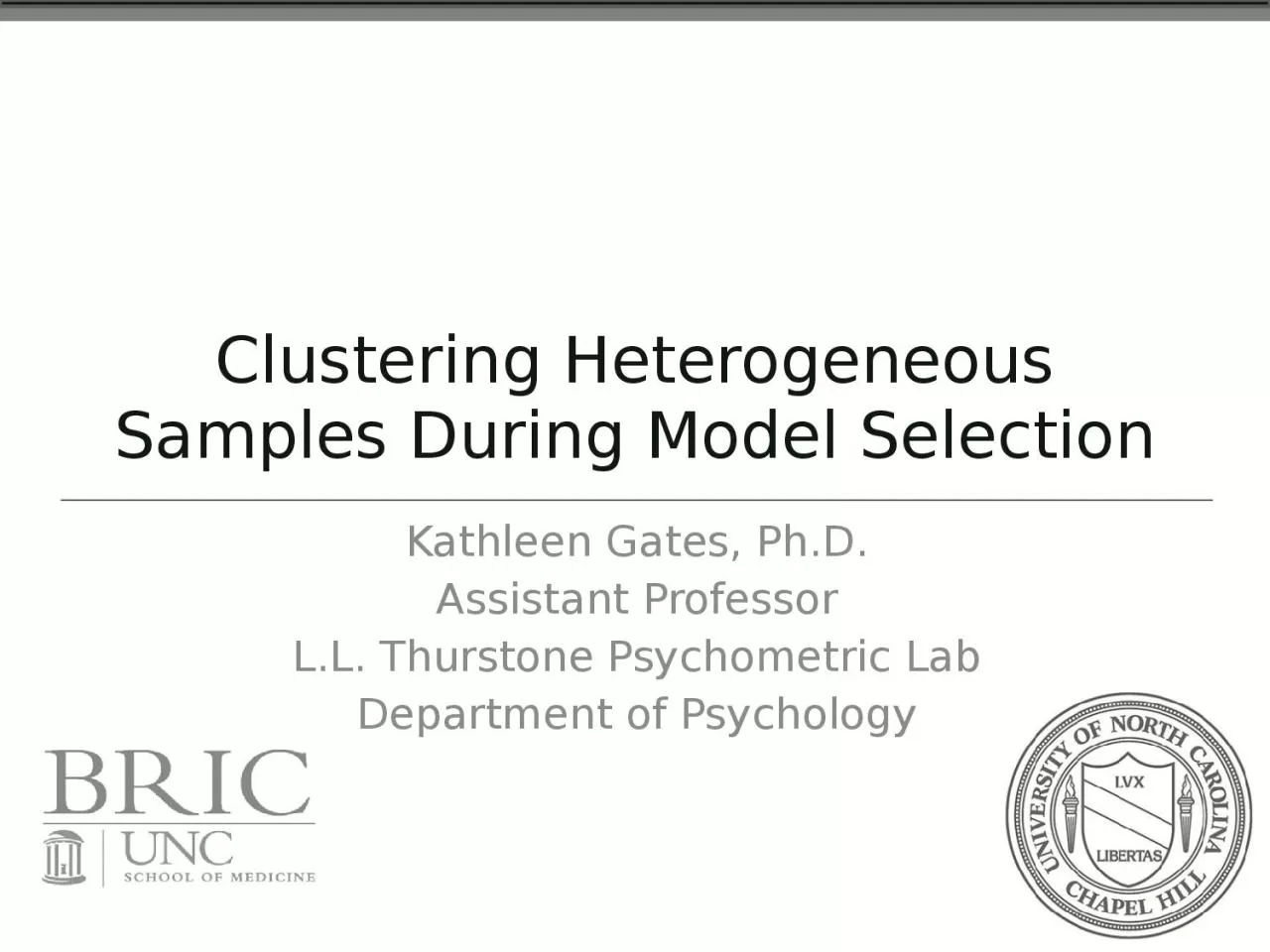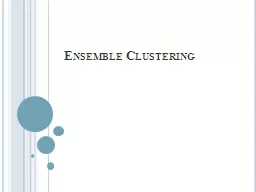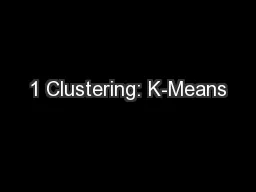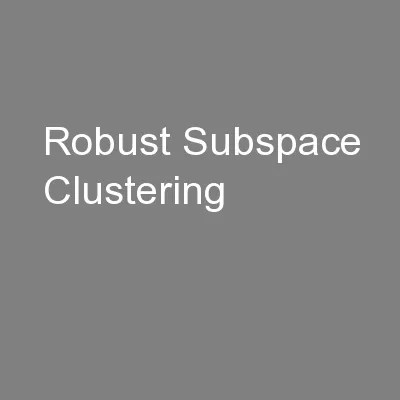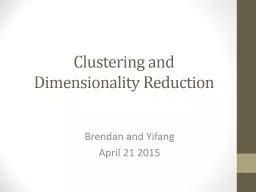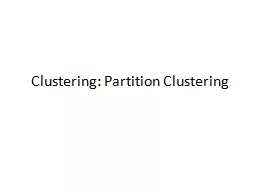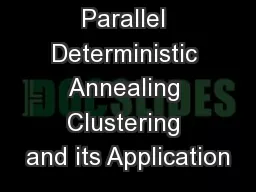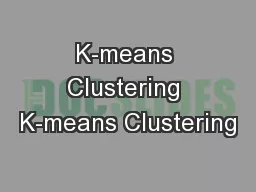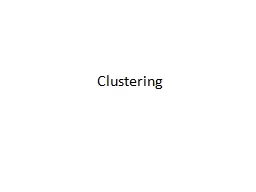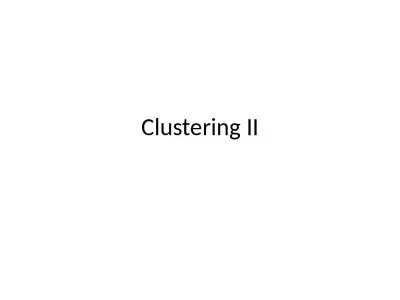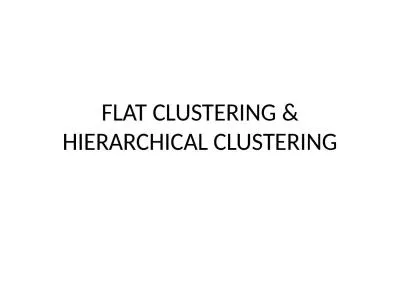PPT-Clustering Heterogeneous Samples During
Author : tabitha | Published Date : 2023-10-27
Model Selection Kathleen Gates PhD Assistant Professor LL Thurstone Psychometric Lab Department of Psychology Research Group Stephanie Lane MA Teague Henry BS
Presentation Embed Code
Download Presentation
Download Presentation The PPT/PDF document "Clustering Heterogeneous Samples During" is the property of its rightful owner. Permission is granted to download and print the materials on this website for personal, non-commercial use only, and to display it on your personal computer provided you do not modify the materials and that you retain all copyright notices contained in the materials. By downloading content from our website, you accept the terms of this agreement.
Clustering Heterogeneous Samples During: Transcript
Download Rules Of Document
"Clustering Heterogeneous Samples During"The content belongs to its owner. You may download and print it for personal use, without modification, and keep all copyright notices. By downloading, you agree to these terms.
Related Documents

